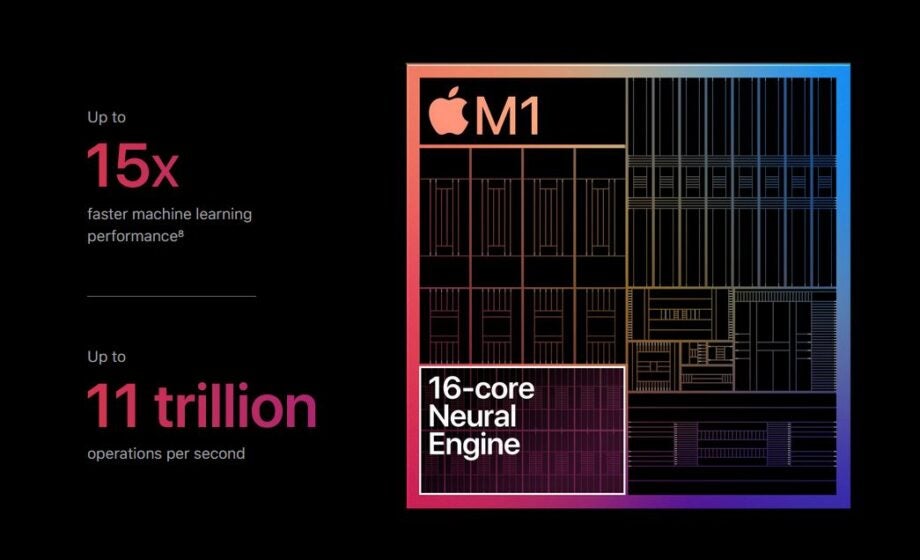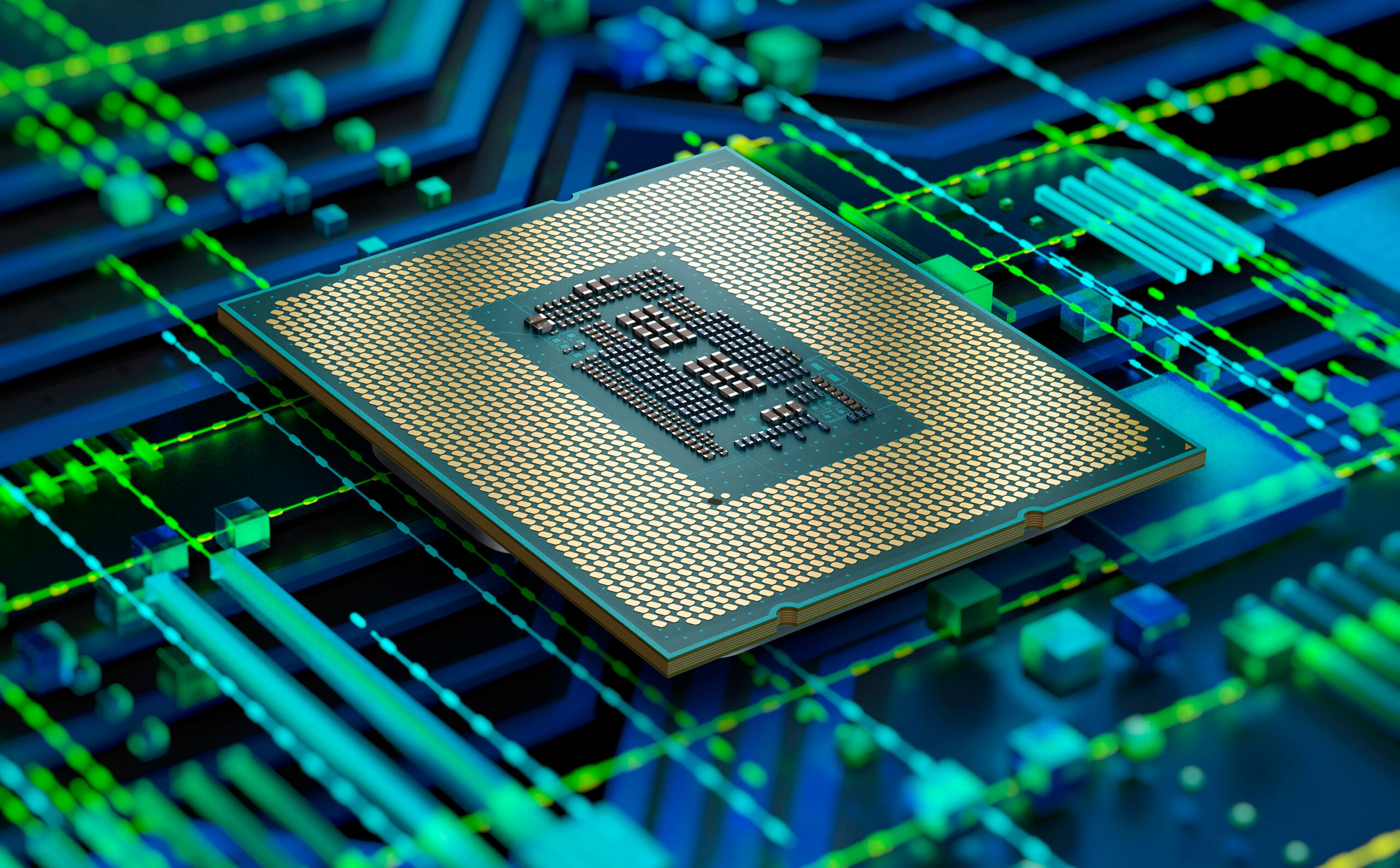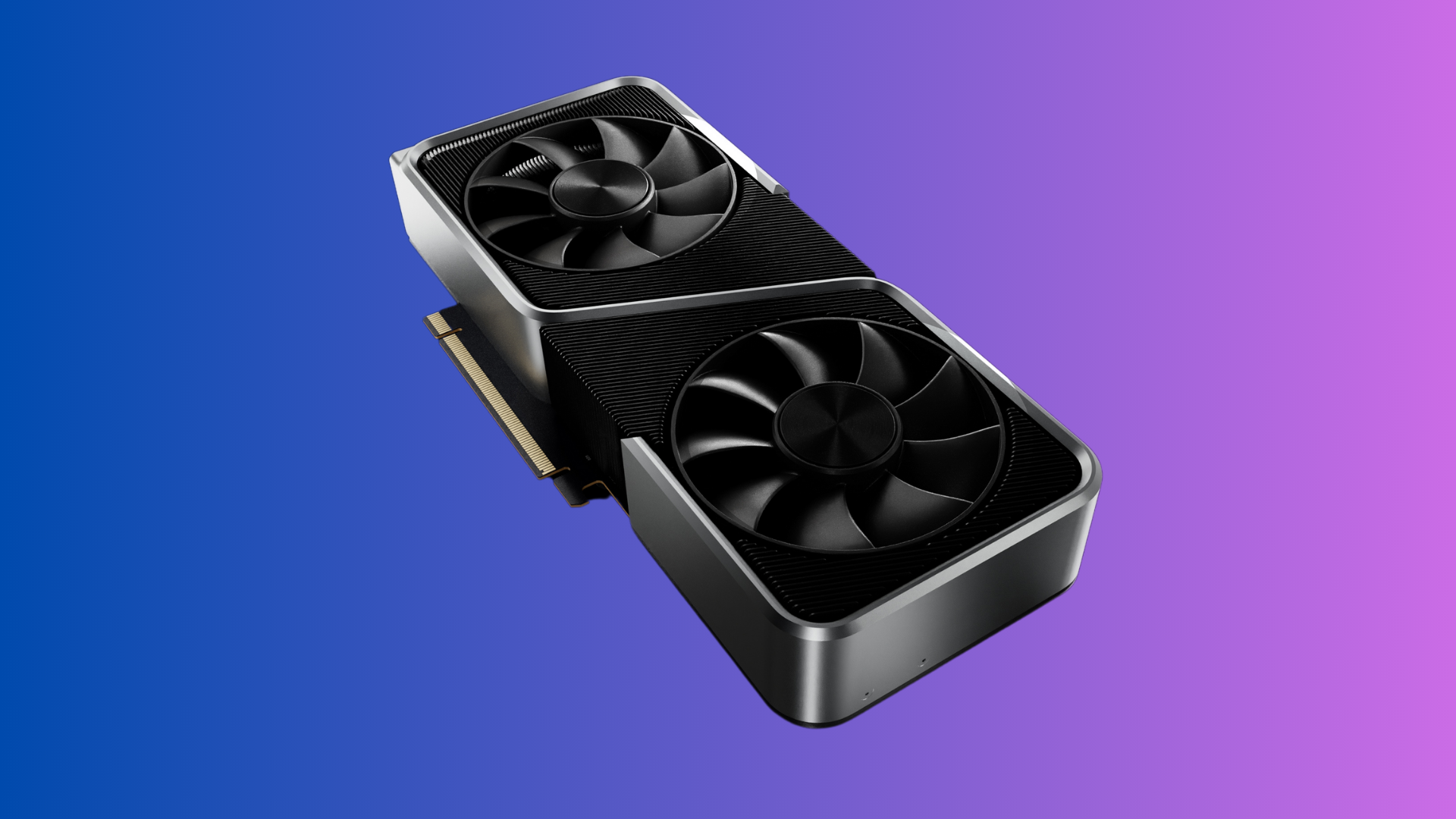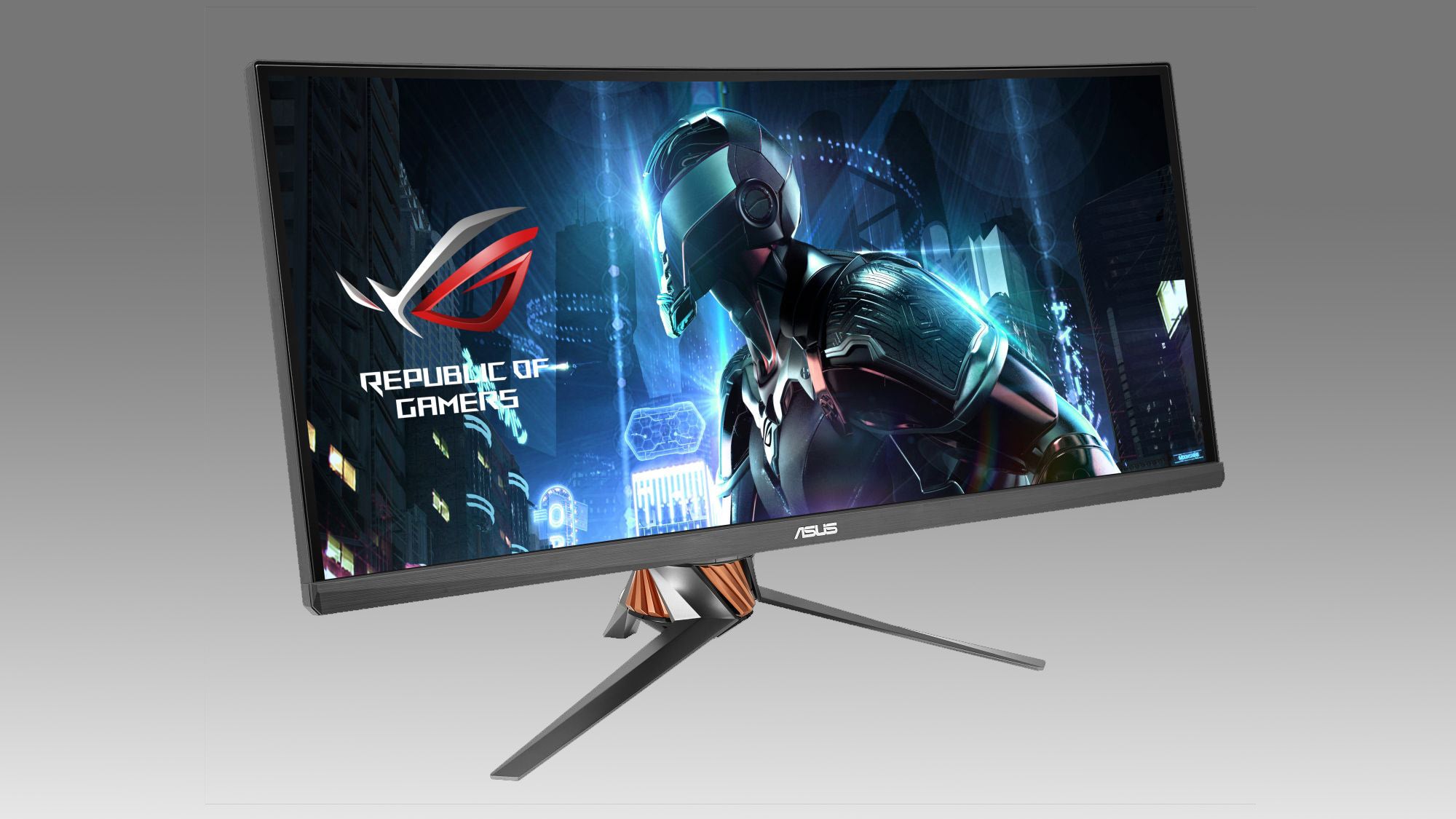What is an NPU?

The world of tech is vast, and it seems like there is always a new piece of hardware or software cropping up on the market. This can make it difficult to keep up to date, making it especially more difficult if you’re looking to upgrade your setup.
That’s why we’re here; we’re going to be breaking down what an NPU is and what type of tech it is used with. Keep reading to find out more.
What is an NPU?
NPU stands for Neural Processing Unit, although it is sometimes called a Neural Processor. It is a specific microprocessor that specialises in the acceleration of machine learning workloads.
Despite the name, it is not a replacement for either a CPU or a GPU, instead working alongside these components to provide better performance.
NPUs usually operate on predictive models, such as an artificial network (ANN) and they are developed with specific tasks in mind that relate to machine learning. For example, an NPU within a GPU may be responsible for accelerating image classification or object detection during gameplay, taking some of the responsibility away from the GPU.
It’s estimated that NPUs can take as much as 10,000x less time to accelerate machine learning tasks than a GPU – and since they consume less power, they are more efficient too.
What are NPUs used for?
NPUs are used to accelerate machine learning, which is now used for various scenarios, such as self-driving cars, facial recognition and even taking a photo.
GPUs on their own would not be able to manage all of these tasks, hence why NPUs were invented. This technology can be found in NVDLA by Nvidia, TPU by Google and the Neural Engine developed by Apple.
In these instances, they allow for improved performance in machine learning workloads, which provides a smoother experience for the user, while enabling other components (such as the GPU) to perform optimally in its own dedicated tasks.








